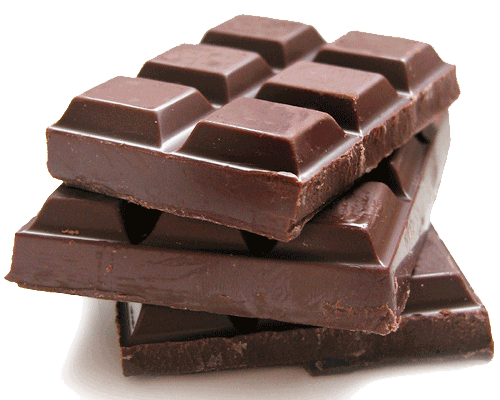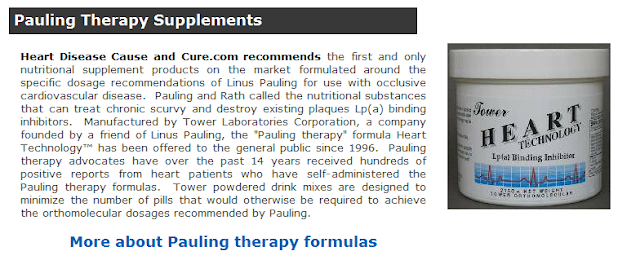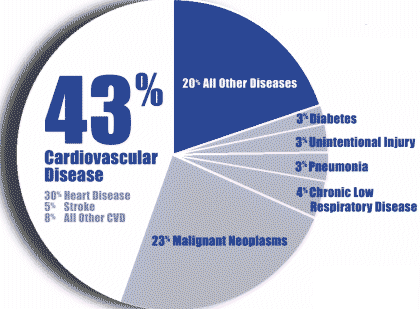A study published in 2008 reveals that regular consumption of chocolate bars containing plant sterols and cocoa flavanols as part of a low-fat diet may support cardiovascular health by lowering cholesterol and improving blood pressure [1]. 32 women and 17 men were randomized into two groups and followed for eight weeks in total. Both groups consumed one chocolate bar two times per day containing cocoa-flavanols (CF), but one group's chocolate bar also contained plant sterols (PS). The group receiving the chocolate bar without PS was considered the control group. The chocolate bars used in the study were CocoaVia from Mars Inc., therefore, everything else but the amount of PS was the same for both groups; the PS chocolate bar simply contained added PS. The diet and physical activity of each participant was monitored to further ensure the only changing factor was the PS level in the chocolate. Participants were required to follow a diet within the guidelines of the AHA (American Heat Association). After four weeks, the groups switched chocolate bars and continued for an additional four weeks.
 Researchers measured blood pressure every two weeks and serum lipids along with other cardiovascular disease markers at the starting period, week four and week eight. The main factor that changed during this study was the LDL ('bad') cholesterol level. It was also noted that the weight of the participants did not change considerably during the course of the study (within 3.5% either higher or lower than their baseline weight). Regular consumption of the PS-containing chocolate bar resulted in reductions of 3% and 5.3% in serum total and LDL cholesterol, respectively. It was concluded that the consumption of CF in both chocolate bars resulted in lowered systolic and diastolic blood pressure. At the end of the study, it was found that systolic blood pressure was reduced by 5% of the baseline pressure and diastolic pressure by 2.2%.
Researchers measured blood pressure every two weeks and serum lipids along with other cardiovascular disease markers at the starting period, week four and week eight. The main factor that changed during this study was the LDL ('bad') cholesterol level. It was also noted that the weight of the participants did not change considerably during the course of the study (within 3.5% either higher or lower than their baseline weight). Regular consumption of the PS-containing chocolate bar resulted in reductions of 3% and 5.3% in serum total and LDL cholesterol, respectively. It was concluded that the consumption of CF in both chocolate bars resulted in lowered systolic and diastolic blood pressure. At the end of the study, it was found that systolic blood pressure was reduced by 5% of the baseline pressure and diastolic pressure by 2.2%.
As the discussion of the article states, "this study demonstrates that, in the context of a balanced AHA diet, "An Eating Plan for Healthy Americans," the regular consumption of cocoa flavanol-containing chocolate bars with added PS can significantly lower serum total and LDL cholesterol levels over the course of 4 weeks." Since the bar without PS did not lower cholesterol levels, it must be attributed to the addition of PS in one's diet. Cocoa and cocoa-containing products, such as chocolate, contain flavanols which have been shown to improve one's health benefits, especially CVD. Remember to eat a balanced and healthy diet to ensure your heart is getting all the nutrients it needs. Stay healthy and indulge your sweet tooth with a chocolate bar containing CF and PS!









